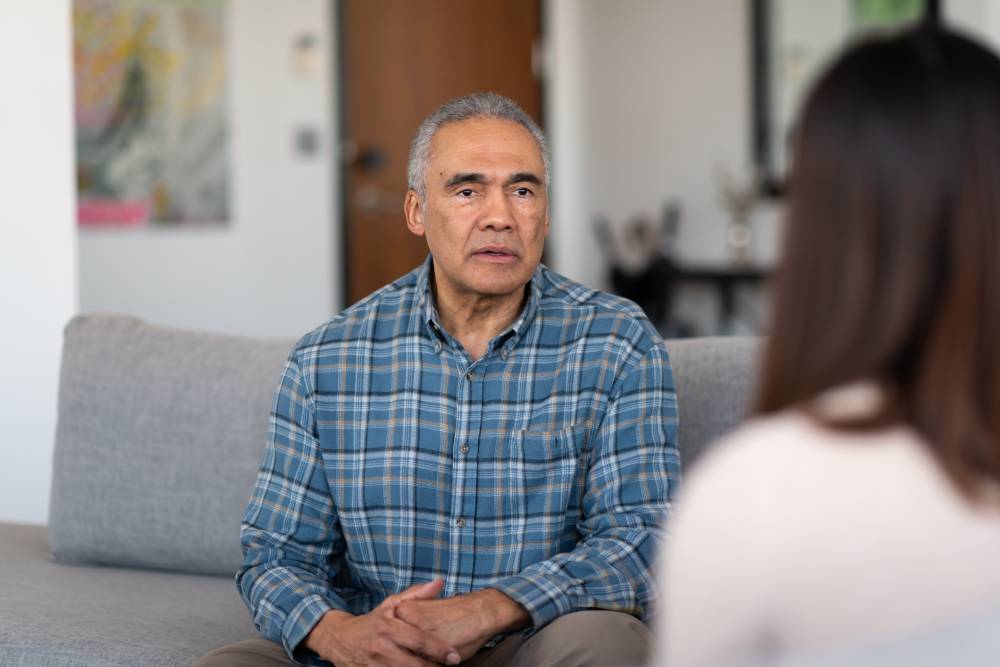
There are 1.2 million Australians currently living with a communication disability, which can affect relationships, employment, education and social inclusion.
Speech Pathology Australia is putting a spotlight on this “hidden” disability during Speech Pathology Week from 25-31 August.
Speech Pathology Australia’s Acting National President, Belinda Hill, said successful communication is the key to quality of life across all ages, which is why this year’s theme is Communicating with Confidence.
“Communication disabilities are commonly misunderstood and misdiagnosed, often because they are invisible, unseen and out of sight,” she said.
“It’s not immediately clear speech pathology is an option when someone has difficulty comprehending information or getting their message across.”
It means a person does not have the ability to effectively be understood by someone or understand others. Communication by definition involves at least two people – it is more than simply the way speech sounds.
There are many types of communication disabilities across the life span. For some people their communication disability means they get their message across through other means such as electronic voice output devices, word-based or picture-based communication boards or books, sign, gesture and writing.
Speech pathologists provide treatment that can be truly life changing. They study, diagnose and treat communication disability, including difficulties with speech, language, social skills, reading, writing, stuttering and voice.
People with communication disability are at a disadvantage when it comes to employment, education and independence.
According to the Australian Bureau of Statistics, 38% of people with a communication disability participate in the workforce compared to 80% of those without, and almost half of people with a communication disability report a limitation to self-care.
Belinda is calling on the community to understand that effective communication helps to improve every aspect of a person’s life.
“We take for granted the everyday activities that other people just simply cannot do. Whether it’s ordering a coffee at the local café, maintaining friendships, getting a job or navigating public transport.”
Speech pathologists work to ensure everyone can communicate with confidence to improve their day-to-day lives.
“It’s clear more needs to be done to support people with communication disabilities. Just as ramps have become more embedded in good design for those with physical disabilities, we must consider how to do the same for communication,” said Belinda.
“Everyone can take action – and it starts with being more aware and empathetic.”
Simple tips to aid communication include:
Using pictures, writing, or using sign and gesture or symbols if needed
At an organisational level, measures can include using clear signage with symbols as well as words, providing information in different formats such as audio or written, using plain English and training staff in communication impairments and strategies.
“Making an effort to improve our interactions benefits not only those with communication disabilities, but also the people they are trying to communicate with,” Belinda explained.
More information on communication disabilities and Speech Pathology Week is available on Speech Pathology Australia’s website: speechpathologyaustralia.org.au/week.